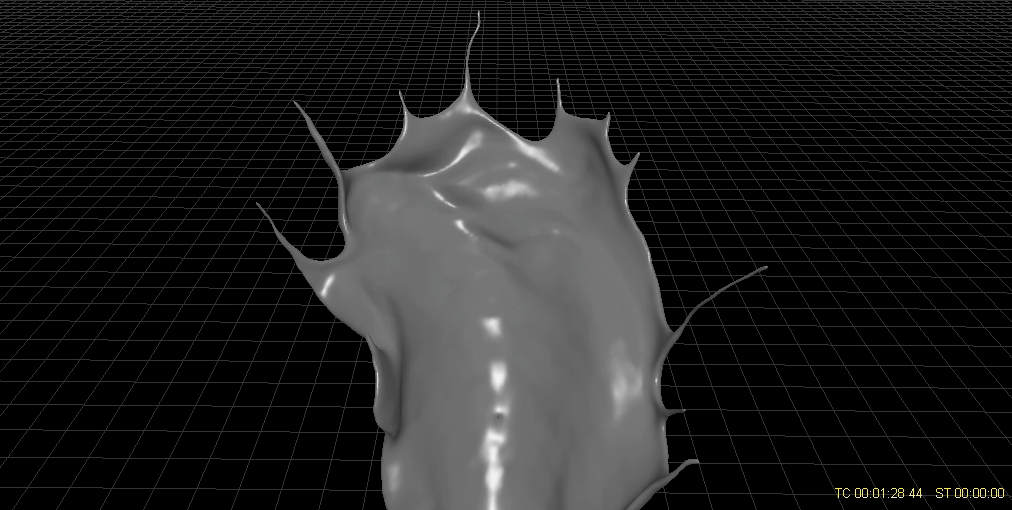

It certainly looks complex but thankfully it is easy to set-up once you know what you’re doing.This video covers blocking the path in 3ds Max and uses that starting point to move into RealFlow.You’ll learn several production tips such as avoiding intersection of Dspline radius points, using drag, and working with the noise daemon to achieve a natural flow.
#REALFLOW LAVA TUTORIAL TV#
Easily the most interesting feature in RealFlow is how you can control a liquid simulation using a spline path.Think of juice commercials on TV where a liquid stream circles around a bottle and eventually settles down inside a container. Or using two emitters in an otherwise one emitter set-up.The key effect here is using the filter daemon which let you swap different water systems upon meeting a predefined condition, in this case.For this to work seamlessly the two systems must have the same resolution and solve type.

#REALFLOW LAVA TUTORIAL HOW TO#
You’ll get a slew of parameters dedicated to the solver once you switch over.And from this video you’ll learn how to combine settings such as increasing friction and static friction to achieve clumping behavior resembling wet sand.While projects requiring sand are not super common, at least you’ll know where to turn to if this comes up! With this handy video guide Darkins begins by modelling a heart geometry and continues to make a RealFlow set-up inside Cinema 4D.In this demonstration you’ll learn how Cinema 4D’s native rigid body system works well with RealFlow’s collider tag.The highlight of this tutorial is the crown daemon, which allows you to specify the shape of any splash you create.It comes with an intuitive spline interface that can be tweaked with normal bezier handles. Default value is Position-Based Dynamics(PDB). It’s a valuable piece of knowledge for anyone working in this area for the first time.Making a granular simulation can be done by switching the solver type to Granular. After establishing a reliable liquid solver, RealFlow introduced a granular solver in 2017 that’s responsible for creating sand and snow simulation.This tutorial starts off describing how to troubleshoot if the simulation doesn’t work if the creation order of colliders and emitters are mixed up. You’ll also learn how to integrate the wind daemon for an interesting water flow.


 0 kommentar(er)
0 kommentar(er)
